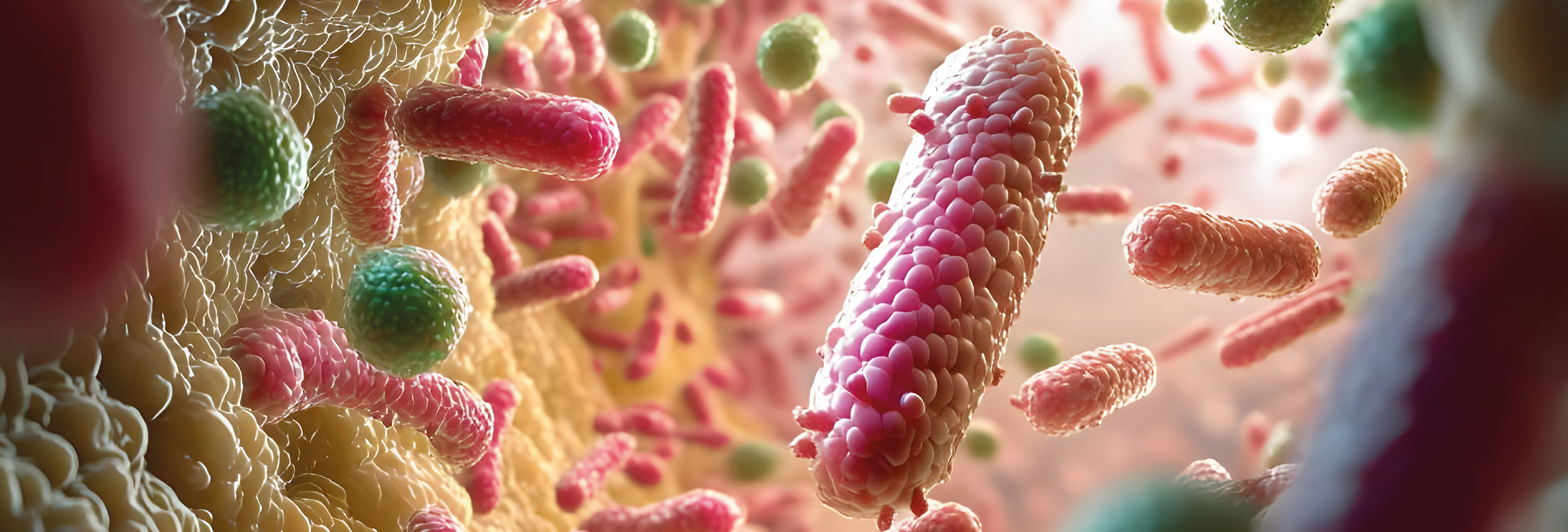Plasmid DNA Role in Research & Development Frontline
The fundamental role of plasmids has come to sit in an increasingly unparalleled position in the rapidly changing, high-paced industries of life sciences and drug development. Here, we will explore the characteristics of this extraordinary tool as well as the panorama of the new revolutionary scientific discoveries that can be empowered with the arrival of the InviSorb® Spin Plasmid Miniprep Kit.
What is a plasmid?
Plasmid DNA is a small, circular, extrachromosomal DNA molecule found in bacterial cells. While not essential for bacterial survival, it has become an indispensable tool in any life sciences laboratory 1. This versatile molecule is used in genetic engineering and general molecular biology research, thereby offering the scientist a basic tool toward biotechnological advancement. One of the main applications of plasmid DNA is genetic engineering, where scientists use plasmids as vectors for the introduction of foreign genes into host cells 1. This is usually done by a process called transformation, which helps scientists engineer the genes of an organism with applications such as:
- Cloning: plasmids serve as cloning vectors, facilitating the amplification and replication of specific DNA sequences. By inserting a gene of interest into a plasmid, the researchers can utilize the resulting multiple copies of that gene for downstream applications.
- Protein production: plasmids can be engineered to express proteins. A gene coding for a desired protein is inserted into a plasmid that after transformation of the host cell can express the protein in large amounts. This has been applied in various fields such as agriculture and industrial biotechnology.
- Gene editing: plasmids facilitate gene editing techniques, such as CRISPR-Cas9, by transporting the necessary genetic material for targeting and modifying precise genes within the genome of an organism.
Plasmid DNA in drug development
Beyond the laboratory bench, plasmid DNA also plays a critical role in the development of groundbreaking therapies. The pharmaceutical industry relies heavily on this versatile molecule to advance drug discovery and development. One of the key applications is gene therapy, where plasmids serve as vectors for the delivery of therapeutic genes into target cells 2. By delivering therapeutic genes directly to diseased cells, scientists aim to correct defective genes or introduce new functions. This approach comes as a safer and more controllable alternative to viral vectors.
Another innovative application of plasmids is vaccine development 2. The plasmid DNA is a key component in the vaccine preparation and design system, acting as the backbone. These vaccines encode antigens, stimulating the immune system to produce antibodies against specific diseases, such as those caused by infectious agents. This new generation of vaccines has captured recent attention due to inducing a strong immune response to modify vaccination strategies against troublesome pathogens. A good example is the first DNA vaccine for human use, the Indian ZyCovD vaccine against SARS-CoV-2, which was approved in 2021 3.
This approach finally brings forth the golden opportunity to treat the wide array of genetic disorders, leading to a modification in therapeutics from one-size-fits-all towards personalized and targeted therapeutics 4. It is worth mentioning here that plasmids are also at the core of the production of a class of recombinant protein-hosted antibodies, hormones, and enzymes – with great promise for the development of drugs for therapeutic as well as diagnostic purposes.
The InviSorb® Spin Plasmid Miniprep Kit: a paradigm for plasmid DNA isolation
The InviSorb® Spin Plasmid Miniprep Kit is a spin column based nucleic acid extraction kit, intended for the rapid isolation and purification of plasmid DNA. The kit can be used with overnight bacterial culture of 0.5 to 2 ml sample volume or for bacterial pellets. The kit is suitable for the purification of plasmid vectors and derivates, offering up to 20 µg yield of pure DNA for various genetic engineering and molecular biology applications. The new InviSorb® Spin Plasmid Miniprep Kit strongly paves the way for going further in research and development, allowing the isolation of high-quality plasmid DNA in a more easy and efficient manner, hence enabling researchers to speed up their discoveries without compromise.
👉 Stay Ahead in Molecular Diagnostics
Subscribe to Invitek’s blog and get expert insights, research updates, and emerging technology trends — straight to your inbox.
References:
-
Chen, C.-Y., Fuqua, C., Jackson, C. R., Kadlec, K., & Top, E. M. (2022). Editorial: Plasmid transfer-mechanisms, ecology, evolution and applications. Frontiers in Microbiology, 13. doi:10.3389/fmicb.2022.993628.
-
Shchaslyvyi, A. Y., et al. (2023). Current State of Human Gene Therapy: Approved Products and Vectors. Pharmaceutics, 16(10), 1416. doi:10.3390/ph16101416.
-
Khobragade, A., et al. (2022). Efficacy, safety, and immunogenicity of the DNA SARS-CoV-2 vaccine (ZyCoV-D): The interim efficacy results of a phase 3, randomised, double-blind, placebo-controlled study in India. The Lancet, 400(10351), 134-145. doi:10.1016/S0140-6736(22)00151-9.
- Martínez-Puente, D. H., et al. (2022). Plasmid DNA for Therapeutic Applications in Cancer. Pharmaceutics, 14(9), 1861. doi:10.3390/pharmaceutics14091861.



